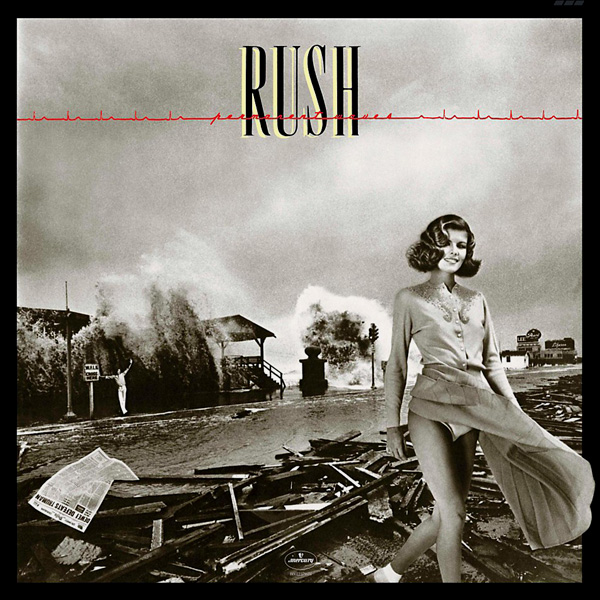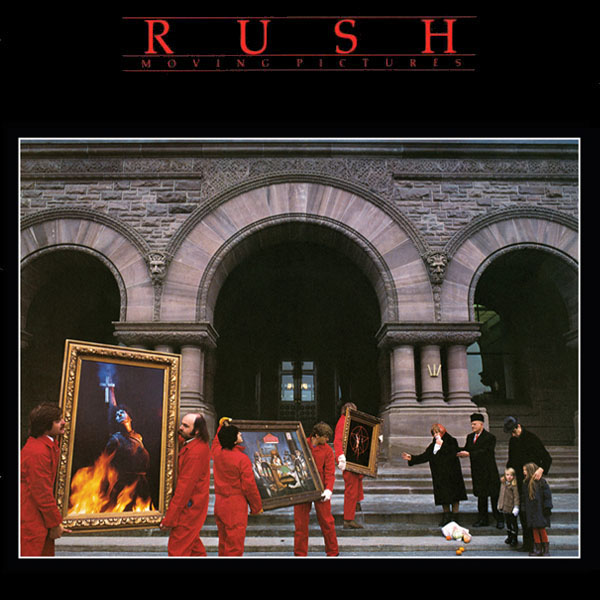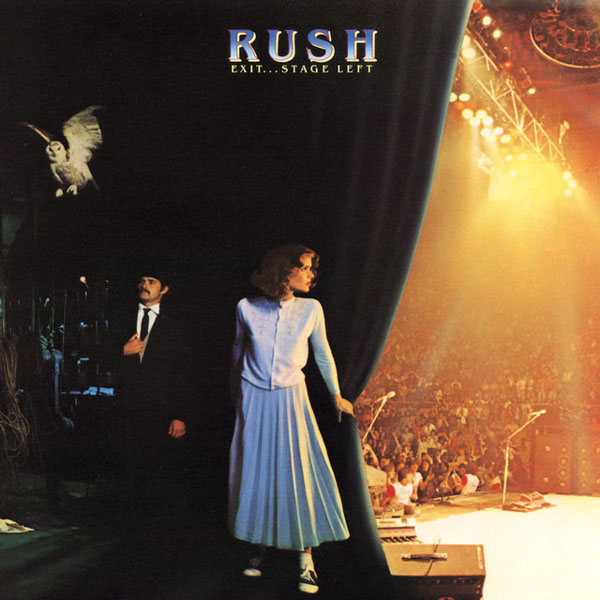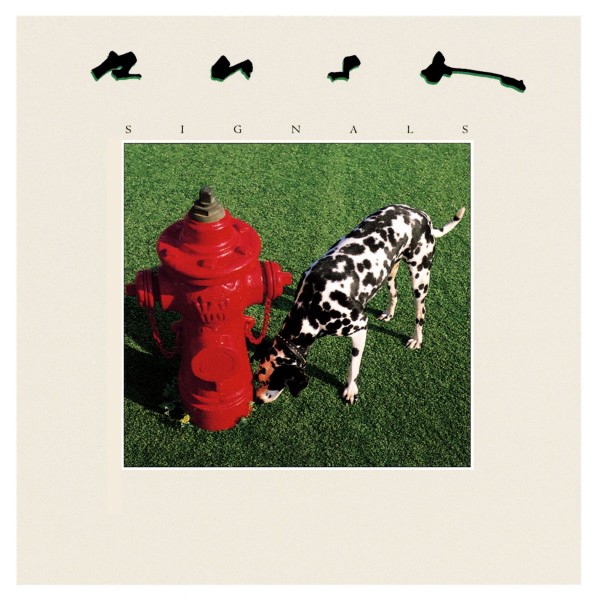Exit Stage Left - Deborah Samuel Interview
By Rob Durston, Durston Photography, November 9, 2012
Deborah Samuel BIO
Deborah Samuel is a Canadian photographer currently living in Santa Fe, New Mexico. Her photographs reside in many public, corporate and private collections and her work has been widely exhibited internationally. After working extensively as a commercial artist and winning numerous awards, she now focuses exclusively on fine art projects.
I've known about Deborah Samuel for over 25 years but I've only known Deborah for 10 or so.
It's a funny little world we live in. I went to the same photography school as she did; she even spoke to us on our weekly Monday afternoon lectures. I worked for years with people in her circle (Jim Allen, Larry Miller, Dimitri Mavrikis, etc) but I had never worked with her. An old school mate was her first assistant too. I remember talking to Deb (her assistant) on the phone a bunch of times, hoping she would need something rushed over to set, some emergency piece of gear so I could finally meet her face to face; that never happened.
Fast forward to 2001 and I'm now living in Southern California. I still keep in contact with her photographer brother Craig and he mentioned to me one time that she was living in Santa Barbara, about 15 minutes north of where I lived. I often thought about giving her a call but the chances of her remembering me, I thought, were small. So to my surprise one day in the parking lot of Starbucks, who pulls in beside me but Deborah. I laughed to myself and pondered once again what a small world it is. Then looking over I see that she is already out of her car and walking.
I quickly opened the Jeep's door and yelled, "hey Deborah".
She spun around and stared at me with a semi blank look, "Peter? . . . . Peter, how are you?"
Thats okay, I didn't expect her to recognize me.
We chatted for a few minutes and I found out that she actually lived in my town and only about 20 houses away.
Over the years we have keep in contact and helped each other out here and there. I feel very honoured and privileged to know her as she is one of the great Canadian photographers.
Hi Deb, its been a while. How long have you been in New Mexico?
Been living in NM for nearly 10 years now.
Is there something about the climate that gives you inspiration, gets you creatively going?
Yes, I like the isolation that NM offers. The landscape is vast here, where one lives within nature, which is a state of being that I enjoy. Find it brings up a lot of my core here and my work is transmuted by this environment. In NM time slows down, its inherent isolation within nature is in its purest form. The fragility inherent in the landscape gives me space to think, to create unlike a lot of environments that take this quality away.

The first images I remember seeing of yours were of the Permanent Waves cover for the band Rush. I was only thirteen but it made a big influence on me. What was it like doing covers for one of the biggest bands from Canada?
I had studied photography at Sheridan College, Oakville with the intention of working within fine art photography once I graduated. Once I graduated, friends of mine who were in bands needed promo shots, which I was able to do so I started working commercially by doing these projects. Eventually these friends got recording deals, which meant they needed cover art. That's how I started in music. I could see it afforded me a greater creativity in working within this genre. I eventually moved into fashion work for the same reason.
Hugh Syme who was the creative force behind the Rush covers hired me to style the Permanent Waves album cover because of my work in music and fashion. There were already two photographers on Permanent Waves who had supplied the background hurricane shot and band shots. I ended up styling the model and shooting the newspaper (Dewey defeats Truman) while another British photographer, Fin Costello shot the Permanent Waves girl and Hugh Syme leaning against the pole waving on the cover. We then took the four elements - background hurricane shot by Flip Shulke, Permanent Waves girl, newspaper and Hugh leaning against the pole and printed the four negatives onto one piece of paper...a feat done before the invention of Photoshop...took all night to get one image where the register of the four images onto one piece of paper was achieved.
The work we did on Permanent Waves led Hugh and I to doing numerous album covers together. Working on the Rush Covers (I did Moving Pictures/Signals and Exit Stage Left) and band shots or bits of other covers was always fun and thought provoking. The Rush covers always had the best budgets so we were able to achieve a bigger production because of this fact.

How much of the art and creative direction came from you?
Hugh was responsible for the Rush Covers, on other covers we did, the ideas were somewhat shared as we worked creatively very well together.
I especially remember the cover for Moving Pictures, another one of my favourites. You had a special role for that cover didn't you?
This I believe was the second Rush cover we worked on together. Seeing as Hugh had put himself on the Permanent Waves cover it was my turn to be on the Moving Pictures cover as Joan of Arc, in one of the three paintings that were being moved by the moving men. (Moving Pictures was a pun on the many facets of how the words Moving Pictures could be translated visually). In being Joan of Arc, I dressed in burlap, stood with my back to a pole with a shutter release cable in my hand, in order to take the picture, while Hugh squirted lighter fluid into a pie plate that was just in front of the lens and tossed in a match.
It was so subtly lit and you get the great behind the scenes image on the back cover. How long had you been directing big productions at this time?
This was probably the biggest production I had done at that point in my career. I set up my camera on the top of a truck which we had parked in place for the shot and brought in each element one at a time and placed each element to build the scene within the view finder.
Exit Stage Left was an enormous production...and got completely insane by contrast.
Oh ya? It must have been tricky getting all the elements together for that cover. You had to bring in props from eight previous album covers?

Yes, that was the insane part of producing the Exit Stage Left cover. Paula Turnbull (the Permanent Waves girl) was living in Paris and a top model there. We had to bring her to Toronto from Paris for one night to shoot this cover. Her wardrobe, which I had rented from a vintage clothing store for the Permanent Waves cover a couple of years prior, had been returned to the store after the initial Permanent Waves cover shoot. To duplicate this wardrobe, meant either finding a duplicate of the wardrobe or having it made up for the Exit Stage Left cover. I contacted the vintage clothing store where I had rented it before and they still had the original sweater and the skirt in their inventory, which was a miracle really.
The man who had played the King on the A Farewell to Kings cover lived in Alberta and had to be found, and brought to Toronto. [Webmaster note: the original King character was played by guitarist Josh Anderson, Hugh Syme's band mate in the Ian Thomas band.] He got off the plane the night of the shoot and became very ill meaning we had to find a replacement for the King character within a couple of hours as we had booked the Winter Gardens Theatre on Yonge St from 4pm-12 midnight to do this shoot. We were one of the last shoots in the Winter Gardens theatre as it was slated for demolition shortly thereafter. The power was very unstable in the theatre and because it was an enormous production, the draw on the electricity kept crashing the power source. At 11.30 at night with ½ hour to go we were tying my lights into exit signs praying it would remain stable enough to get the shot.
Back to the King. We had to find a replacement King, as the real King was unable to do the shoot. We only had six hours to get the shot done. Hugh went out on Yonge Street looking for anyone that resembled the original King character. He found a young man on Yonge Street, who agreed to be the King. In he came...got dressed up in a King costume and took on the role of the King in the middle of all this mayhem. I often wondered what was going through his mind during the shoot. It had to have been especially bizarre for him to walk into this production at the last moment.
You did one last RUSH cover, Signals, which seems ridiculously LoFi compared to all the others.

Very simple concept, courtesy of Hugh Syme. We rented a fire hydrant from the City of Toronto and repainted it the exact color desired. We had to find a Dalmation that would sniff on command. I got a 20x20 piece of Astroturf to simulate a lawn. We shot this cover on the rooftop, above my studio at the time. In order to get the dog to sniff the fire hydrant, we kept placing dog biscuits under the fire hydrant.
I also remember in your talk to us at college, you showing us all these experimental images in fashion you were working on, where you would scratch and scrape the image using different items in the darkroom during processing. How did you come up with this?
I spent so much time perfecting the negative that it felt it was time to take the perfection apart. Experimentation was always a big part of my work. Certainly, I made major mistakes in working this way. Instead of seeing the material as flawed when these mistakes occurred, I would take the process further to see where it would end up; a curious mind, set the tone for a lot of the experimentation.
Shooting fashion, editorial and commercial images in the 80's and 90's must have been a fast paced world?
It was a very fast paced world. I worked 7 days a week and loved my work immensely. I enjoyed the art of communication, visual problem solving for clients and capturing the essence of whatever I was photographing.
I traveled a lot as it was before the advent of photoshop and a photographers style was very much a component of being successful. I enjoyed this time but the 80's and the 90's now seem like another lifetime ago now. I had worked within the commercial arena for about 20 years. I was fortunate that because of my style, I was often given the difficult jobs but they were very rewarding jobs in that they desired my interpretation of a subject matter. I saw working commercially as problem solving somebody else's concerns and saw my own work as problem solving my own concerns. Alongside working commercially, I exhibited my personal work throughout my career. In about 2002, I felt the pull to concentrate on my own work exclusively and move out of the commercial arena to do so.
Is this around the time a certain Joey Bagodonuts came into your life?
The leap to working on my own projects came out of the death of my Labrador Retriever, Ernie. When he died, I only had snapshots of him and realized that I had never done a formal portrait. I got another yellow lab, a Boxer and a Rat Terrier in quick succession after Ernie. I was amazed by the way they each reacted to the same stimuli differently as a result of their breeding. I became interested in documenting the physical differences but more importantly the emotional breed differences between each breed group, each breed within the breed group and the individuality of each dog I worked with. I spent 10 years working with dogs.
Were the dogs a welcome break from your commercial work?
It was certainly a different way of working. All the dogs I worked with were adored by their owners and working within that mindset was always a loving place to work within.
I have to say Deborah, your "Passing" series was something I didn't really expect from you but also reflects your style from "Dog", then takes it so much further with the whole passing of time aspect and the beautiful photograms. Where did the idea for this series come from and how many are there in total?
Passing came out of the death of my Boxer, Jake. Jake's vet had sent flowers when he died and I wanted to photograph the flowers to always remember. It made me think about the progress of life and how it draws us towards a deeper understanding of the cycles of life. Cycles found in the waxing and waning of seasons, as in the life cycles of plants, animals and people. Botanicals were a compelling and ideal subject matter suggesting this transience of life. Passing is represented in three series: Root, Heart and Remains.
Root: Our present is rooted in our past: our DNA, our childhood experiences and our communal influences. These codes shape how we experience life and respond to it. This is our foundation, our belief system.
Heart: Beyond the gifts and burdens of our history is our spirit. We are born with it. It sustains us. Ultimately, the root and heart intertwine, becoming a life force that moves us through our cycles.
Remains: What remains? The imprint of life translated as memory. Embodied in Remains is the essence of Root and Heart, but transformed and inevitable.
Life is navigated. It moves through Root, is joined and motivated by Heart and its progress is remembered in Remains.
Passing is a series of 30 photographs.
The subtlety of the tones of images like Heart/Oak 1 and Root/Peony 3 are so intense. They have an Edward Weston feel but much more down tempo.
I used Tri-X film to photograph the botanicals. Digital high res scans were then made from the negatives. I used the Piezography process to produce the prints. Piezography uses 7 blacks in its printing process which gives a much more extended tonal range over normal digital printing processes.
Your latest project Elegy is remarkable, what events lead up to you coming up with this idea?
Animals have always played a very important part in my life. I initially started work on Elegy using birds because of the Gulf of Mexico oil spill. I was horrified by the spill ecologically, for wildlife, for the planet and for humanity. At the time, I had wanted to go to Louisiana to photograph the oiled birds, because the oiled birds were the iconic images that symbolized the destruction. I couldn't find a way to photograph the birds as the government and BP were not allowing people to photograph them. So I ended up going to what would have been the final chapter, which was working with bird skeletons. As a result I became really fascinated with anatomy in how the skeleton itself informs every living creature in how we are able to maintain life and survive.I think, too, because of my relationship with animals, I started to really question and think about how animals are in the wild, what relationships they have to each other, how they were disturbed by the disaster, how they stay together and how they look after each other. I became fascinated with that aspect of emotion, of bond and relationship. Apart from that, I had a number of deaths with family members and several of my own animals, so the life/death divide was very prominent in my mind.
I have been buying back my old film gear from the 90's; Mamiyas and 4×5 cameras and lenses. I've really enjoyed slowing the process down for my own personal work. Do you see yourself ever going fully digital or do you still "need" to have some analog in your life?
Yes I like working between film and digital depending on what I am trying to say and utilizing the medium that best communicates the idea.
I remember you telling me how long each of the dog images took to shoot, process and print. How do you personally feel about digital, I know you are a film person at heart and have those amazing darkroom skills?
The dog work took up all my time as I was always searching out different breeds and shooting different dogs. I shot and continue to shoot on film with the dog work.
In large part, because I love my Hasselblad square format camera and can get the results working with film that I am used to. I enjoy the tactile qualities in working with film over digital. I have embraced the digital realm nonetheless and find the conversion to the new digital medium an interesting movement forward within the photographic arts.
It has its good points and drawbacks. Largely the good point is that I don't have to smell darkroom chemistry endlessly. With digital I can work in the light but I do miss my going into the darkroom and being immersed in the quiet womb of darkness. I find when I work digitally in Photoshop that it is really only an extension of my work in the darkroom: spotting, burning and dodging. There is no question that working digitally opens the creative spirit to anything the mind can conjure up. There are limitations in film and I pushed at every limitation that existed working with film. Working digitally is ones's endless movement forward. I think the biggest issue with digital is knowing when to stop. So to answer you question I think the digital realm is just another layer to an evolving photographic art form. As Ansel Adams said "The single most important component of a camera is the twelve inches behind it."